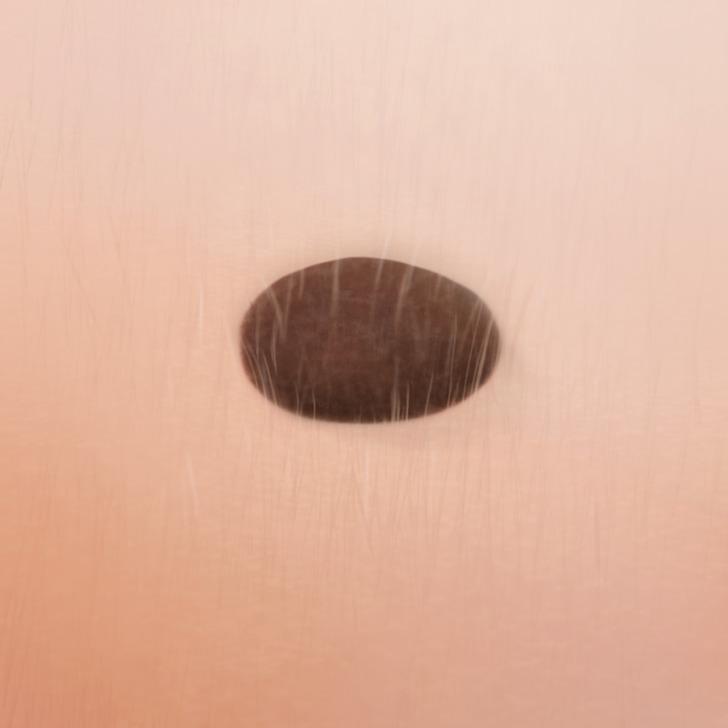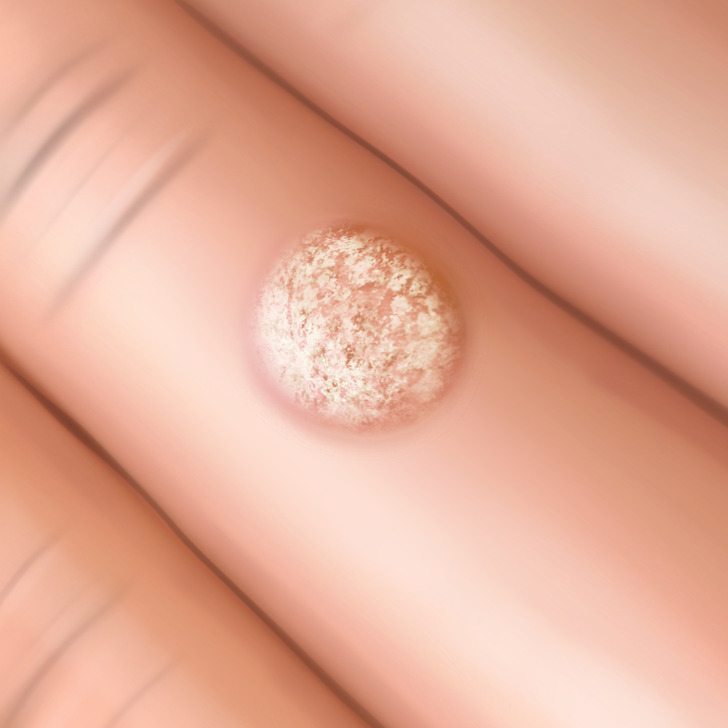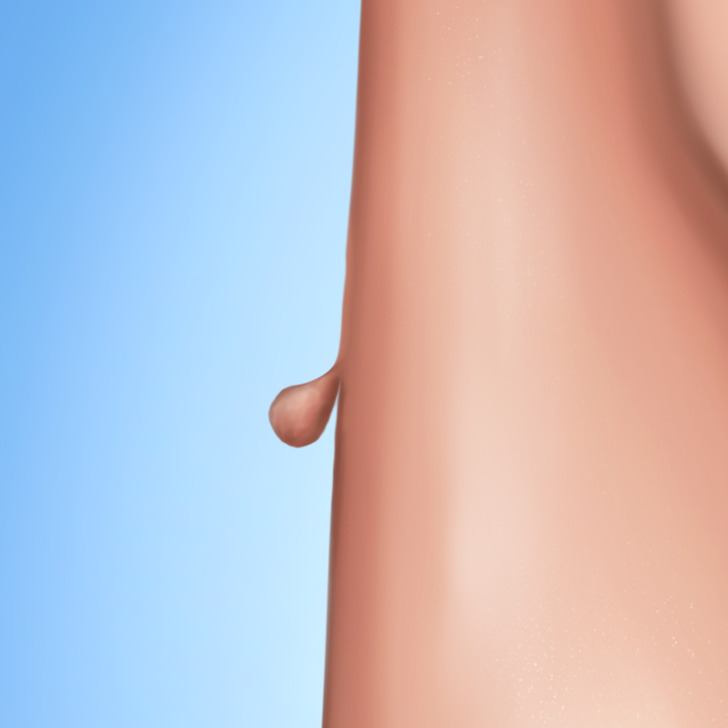A Guide to Moles, Warts, and Skin Tags
The skin is the largest organ of the body. There may be a lot of types of skin growths, the most popular of which are moles, skin tags, and warts. In order to know what to do with them, you need to be able to tell them apart.
5-Minute Crafts found out how to tell skin tags, warts, and moles apart.
❗ This article is for informative purposes only and can’t replace the recommendations of an expert.
Mole

Moles are skin growths that are usually black or brown. They form when pigment cells come together. They may appear in any place on the skin or mucous membranes. Hairs often grow on them.
Most moles appear on people before they turn 20. A normal number of moles for an adult is from 10 to 40. Over the years, moles start slowly changing, becoming lighter and more prominent. But not always. Some moles remain the same, others disappear.
Most moles are made of cells called melanocytes, which make the pigment that gives your skin its natural color. Moles typically grow on the spots that are most exposed to the sun. If you spend a lot of time in the sunlight, the number of moles you have might increase.
Having moles carries a certain risk, especially in older age. Too many moles on the body, their size, or their unusual appearance may be good reasons to visit a dermatologist.
Wart

A wart is a skin growth that looks like a blister with a rough texture. Sometimes, you can see a black dot on it — that’s a blood vessel. Some warts looks a bit like cauliflower.
Human papillomavirus (HPV) causes warts. They appear when the virus gets into a cut on the skin. HPV is very contagious. The virus can infect other people or migrate from one part of the body to another.
Children are more prone to having warts because they often have wounds on their skin. But it doesn’t mean adults don’t have warts. People with autoimmune diseases or weak immune systems, especially elderly people, are very prone to HPV.
In most cases, doctors can diagnose a wart by looking at it, but sometimes a biopsy is needed.
Warts often go away by themselves when the immune system starts fighting the virus, but it could take years. Because the warts don’t look very pleasant, can spread, and cause pain, doctors may recommend treatment which includes medical and surgical intervention.
Skin tag

A skin tag is a small benign skin growth. It has a lot of other names: acrochordon, cutaneous papilloma, cutaneous tag, fibroepithelial polyp, fibroma molluscum, fibroma pendulum, soft fibroma, and Templeton skin tags.
Acrochordons look like a cluster of skin extending on a stem. They are often the same color as the rest of the skin but some of them may be brown, pink, or black. Dark skin tags may look like moles. Most skin tags are between 1-5 mm, but some can grow as large as a few centimeters.
Skin tags often appear in skin folds that often rub on each other, for example, eyelids, armpits, and neck. They can also form where the skin rubs against clothing or jewelry.
Skin tags are very common. Around 50% of people have at least one skin tag. With age, the chances of getting a skin tag increase. These factors may be important:
- HPV viruses
- genes
- extra weight
- diabetes
- skin disorders, like Birt-Hogg-Dubé syndrome
- pregnancy
Doctors can diagnose skin tags during an examination. In some cases, a biopsy is needed.
Skin tags are not dangerous but they don’t look very nice. Besides, they might cause discomfort when they rub against clothing and accessories. In these cases, an expert can remove them.